Don’t Like The News? Take Refuge In The Past.
Author and FOFriend, Linda Wolfe, recommends three books for Summer 2017.
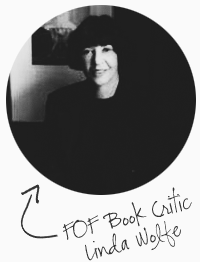 FOF award-winning author, Linda Wolfe, recently published her powerful book, My Daughter, Myself: An Unexpected Journey. She has published eleven books and has contributed to numerous publications including New York Magazine, The New York Times, and served the board of the National Book Critics Circle for many years. Her latest reviews capture everything from 1960s Kabul to present-day hostages in Somalia.
FOF award-winning author, Linda Wolfe, recently published her powerful book, My Daughter, Myself: An Unexpected Journey. She has published eleven books and has contributed to numerous publications including New York Magazine, The New York Times, and served the board of the National Book Critics Circle for many years. Her latest reviews capture everything from 1960s Kabul to present-day hostages in Somalia.
This season’s a hot time for historical fiction. Agitation over our own dismaying times is probably the major factor. Who doesn’t want to escape from our turbulent present into the past?
But something else is going on, too. Publishers are offering a number of historical novels that could just as easily be termed not “Historical Fiction” but “Literary Fiction.” I like to think we owe thanks for this to Hillary Mantel, who dragged historical fiction from its genre cage alongside Romance into the realm of the literary novel. The books reviewed below, while none approaches the stature of Wolf Hall or Bring up the Bodies, are all literary novels, that is, literary historical novels. And I must say I was really glad to immerse myself for a time away from the turmoils in Washington DC and London and Riyadh, and go off to Dickensian London, Ancient Greece, and even post-World War II Germany.
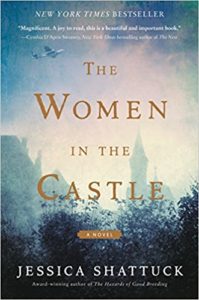 THE WOMEN IN THE CASTLE
THE WOMEN IN THE CASTLE
by Jessica Shattuck
William Morrow.
Absorbing and immensely interesting, The Women in the Castle is set in Germany in the turbulent days immediately following the end of World War II. Shattuck’s heroine, Marianne von Lingenfels, an exceedingly rational and competent aristocrat, has promised a dear friend who is leading a plot to assassinate Hitler that if he and the other conspirators fail and are executed, she will look after their wives and children. The assassination plot does fail (as did the real life Officers Plot to kill Hitler, on which it is based). Marianne, whose husband was part of the plot, is widowed, and she sets out to keep her promise to the leader of the group and take care of the other widows. She manages to rescue two women, the beautiful Benita from a Soviet officer who is keeping her in a brothel, and the stoic Ania, who is languishing in a Displaced Persons camp. Marianne brings them and their children to live with her in her family’s castle and helps them recover from their traumas. But Benita, who had been married to the heroic leader of the plot, the man to whom Marianne had given her promise, falls in love with a former Nazi working on the estate, and Ania turns out to have been lying about her past. She wasn’t married to one of the men trying to get rid of Hitler; in fact she was a Nazi herself. As Marianne slowly discovers these unnerving things about the women whose care she has undertaken, the plot grows taut and eventful, and the issues facing Marianne become ever more tangled and disturbing.
Shattuck published two excellent novels before The Women in the Castle. But the reason this one works as spectacularly as it does is because Shattuck’s own maternal grandmother was a former Nazi, an early participant in Hitler’s Youth Movement. She has written in an essay about her grandmother, “’We didn’t know’ was a kind of mantra for her on the long walks we took when I visited her at the farm she lived on, not far from where she grew up. ‘But didn’t you hear what Hitler was saying?’ I would ask, grappling with the moral paradox of a loving grandmother who had been a Nazi.” Her years of grappling have paid off. In The Women, she brings to this moral paradox a rare and insightful perspective, within the pages of an exciting and eventful novel.
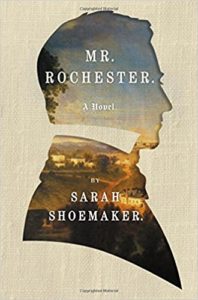 MR.ROCHESTER
MR.ROCHESTER
by Sarah Shoemaker
Grand Central.
Rebooting and revisiting an admired classic novel has been a popular pursuit of fiction writers for well over a hundred and fifty years. Charlotte Bronte’s Jane Eyre has been a particular favorite. The book was first published in 1847 and according to my friend Anne Humpherys, Victorian scholar and Bronte mavin, authors started publishing their own takes on Jane’s story as early as 1850. Since then, we’ve had prequels, sequels, versions with sex added, versions with religiosity removed, and reboots that set out to provide the backstory of other characters in the tale besides Jane.
Only a few of the hundreds of Jane Eyre-retellings have risen to the status of classics in their own right. Jean Rhy’s Wide Sargasso Sea, does – and if you’ve never read it, run, do not walk, to your Kindle. Rhys, Caribbean born and bred, imagines the story of Cariibbean-born and bred Bertha Mason, the madwoman Rochester keeps locked up in the tower of his manor house, and how she came to be mad.
Now there’s another quite compelling redo, one that gives us the past of another of the main characters in the original: Mr. Rochester, who is blinded in the fire set by Bertha, and pining for Jane, who has disappeared. In a work that is engagingly Dickensian, Shoemaker invents Mr. R’s neglected childhood, his eccentric education, his years of having to work at a clothing mill, and only then, ah hah and at last, his voyage to Jamaica, where he is tricked into marrying Bertha.
Up to this point, Shoemaker’s story is exceedingly original, not cleaving to anything much in Jane Eyre, as there isn’t anything much about Rochester’s youth in Jane Eyre. But once the man marries Bertha and returns to England with her, we’re back in Jane Eyre territory, and what happens, though told from Rochester’s perspective, will be familiar.
Maybe too familiar. I liked best the first two-thirds of Mr. Rochester, when Shoemaker’s wonderful imagination was on display. I was less enthusiastic about the last third, where the story comes right out of the beloved classic. But while this last third may be lacking in originality plotwise, the plotline it is following is such a terrific, tragic and timeless one that it seems rather pointless to quibble.
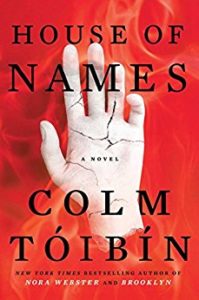 HOUSE OF NAMES
HOUSE OF NAMES
by Colm Tòibin
Scribner.
The ancient Greek myth about Agamemnon, who cruelly sacrificed his own daughter, Iphigenia, to further his ambitions, thereby setting up a series of revenge assassinations within his family, is a chiller. It’s been thousands of years since the playwright Aeschylus wrote his version of the myth, and told it so well that in 658 B.C., his Oresteia won first prize at the Dionysus Festival, ancient Greece’s equivalent of the Cannes Film Festival. Aeschylus’s retelling was followed a bit later, in 413 B.C., by an equally great, quite different, version of the myth by the equally great playwright Euripedes. And since those hoary old days, the story has been told and retold innumerable times by innumerable, albeit lesser, writers.
Now, Colm Tòibin has taken his shot at it. With compelling prose, he writes about how Clytemnestra, Agamemnon’s wife, is traumatized by witnessing the cruel demise of their daughter, and decided to wreak vengeance by killing her husband. But once he has Clytemnestra do away with Agammemnon and turns to what followed upon this killing — the murder of Clytemnestra by her and Agammemnon’s son, Orestes, who is egged on by his sister,Electra, Tòibin begins to stumble. According to the myth, Orestes vanished in childhood after the killing of Iphigenia, only reappearing in Athenian society once he was a grown man, capable of violence and revenge. Where was he till then? It’s a mystery.
Tòibin attempts to solve the mystery. He has little Orestes being kidnapped and placed in a school that resembles a Victorian horror. The students are forced to write down one another’s sins on slates, so that the sinners can be brutally beaten by their faceless captors, and they must never speak to one another. They must observe silence at all times.
Given all the silence, the school scenes are very sterile. So is what follows. Even when Orestes escapes from the establishment with two friends, there’s a lot more silence between them than conversation. And the royal palace to which Orestes eventually makes his way is also a place of silence. Orestes doesn’t confront his mother, has barely anything to say to anyone, even his lover, and the palace echoes with the footsteps of suspicious-looking courtiers who scurry wordlessly down long silent corridors. I couldn’t help feeling that Tòibin just couldn’t imagine his way into this story, and simply gave up, drowning his readers in silences.
My advice: go back to the classics. Those Greek plays can’t be beaten. Or even matched. Certainly not in this dull and annoying retelling.

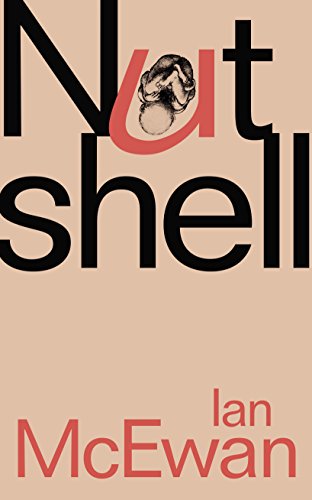
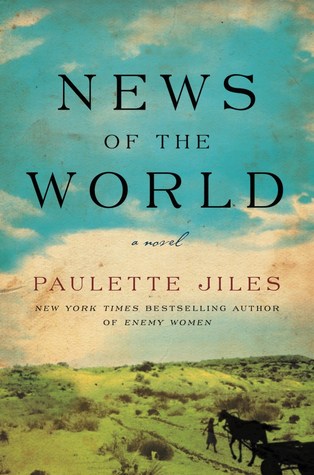
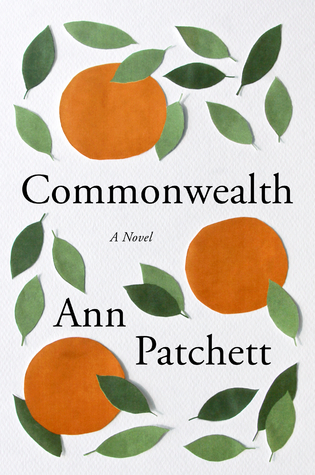
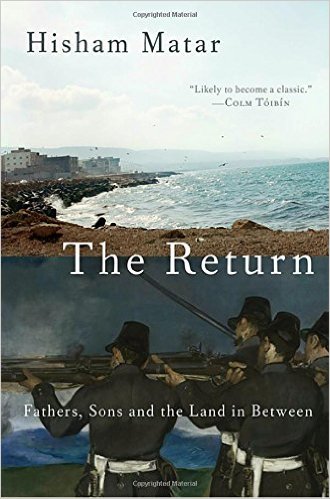

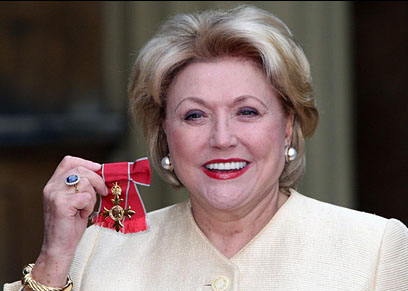
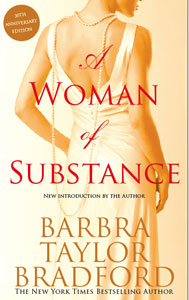
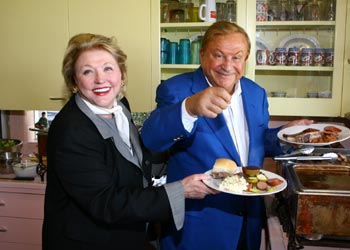
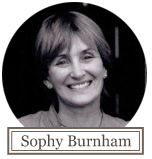
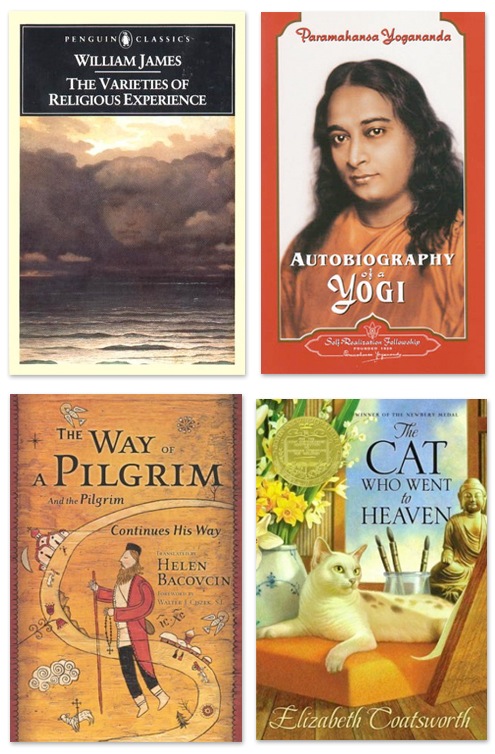
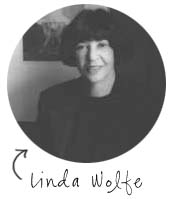 FOF Linda Wolfe is a journalist, essayist and fiction writer who happened to move to a new apartment right next door to the Faboverfifty offices. Our brilliant neighbor has written hundreds of articles for publications including New York magazine, the New York Times and Vanity Fair. She’s also written ten books, many of them about famous crimes, both contemporary and historic. WASTED, her brilliantly researched look at the infamous “Preppie Murder,” received an Edgar Award nomination and was a New York Times “Notable Book of the Year.”
FOF Linda Wolfe is a journalist, essayist and fiction writer who happened to move to a new apartment right next door to the Faboverfifty offices. Our brilliant neighbor has written hundreds of articles for publications including New York magazine, the New York Times and Vanity Fair. She’s also written ten books, many of them about famous crimes, both contemporary and historic. WASTED, her brilliantly researched look at the infamous “Preppie Murder,” received an Edgar Award nomination and was a New York Times “Notable Book of the Year.”